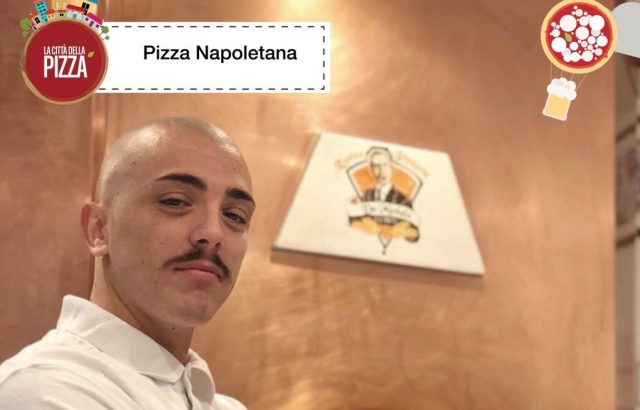Italy’s best white
I would love to see what those critics at Wine Enthusiast, the same who decreed that Italian white wines were mediocre, would have to say about this one. It is a Terlaner Prime Gran Cuvée 2011, the product of a year that was good but not exceptional in Alto Adige. Terlaner is a very particular area, perhaps the best ‘terroir’ for Pinot Bianco (Blanc) and among the best, after Burgundy and Loire, for Chardonnay and Sauvignon respectively. And Cantina di Terlano is easily one of the best wine cooperatives in Italy for the quality of its wines. This also thanks to Rudi Kofler, the winery’s ‘kelermeister’, director and master. ‘’I spent three years studying, experimenting with blends, to try and get the full picture. And then I made my decision. I set out to prove that Terano could be one of the world’s best ‘terroir’ for white wines’’. I think he succeeded.
The wine is produced in steel vats at a temperature that is not particularly low (20-22°C) and ‘sur lie’, this for both the Vorberg Pinot Bianco, which accounts for some 60% of the blend, and the Winkl Sauvignon. About half of the Kreuth Chardonnay, 20% of the blend, is aged in wood, thus only 10% of the final product has aged in barriques. The result, now that the wine has had time to age in the bottle, is exceptional.
A great white wine with a straw-yellow and almost golden color. The bouquet is varied with scents that range from fresh almond to yellow plum, from hawthorn flower to white peach, from a slight mineral note given by the yeasts, made more evident by a little ‘batonage’, to those of damp wool and gooseberry. The whole spectrum of the aroma is impressive and very pronounced for a wine that is still so young. The impact of the mouthfeel is distinct, wrapping, full-bodied but with excellent tension and a dynamic balance between the acidity and the alcohol-sugar elements, while the persistence is outstanding. The price is high, at the winery some 90 euros a bottle plus tax. This means that not many wine shops will be stocking it (also because only 2,700 bottle were produced) and those that do will sell it for no less than 140-150 euros a bottle, which will become 200-220 at a restaurant. A wine for a select few, no doubt, but one that costs less than many of its ‘cousins’ from Burgundy and with which it, for once, is on the same level in regard to class, personality and ability to age over the years.

 Italiano
Italiano








